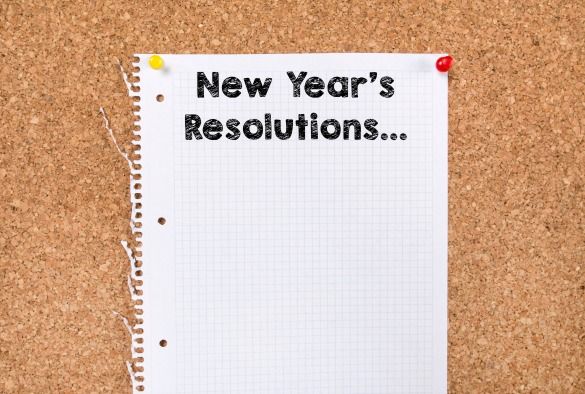Looking back on my childhood and teen years, I can remember many New Year resolutions made. Some of them would later prove to be very successful, such as joining the cheerleading squad or running a 5K road race. I can also remember failing miserably at each of these resolutions over again, until I finally decided it was time to make a change.

I failed miserably each time. I made resolutions, failed to achieve them, and then decided to give up. Then I started reading books about personal development and goal setting. This is when I really began to understand how New Year Resolutions work and why they are usually not successful. After reading about Niyama Coaching, I realized that I needed to make some changes in myself in order to achieve my goals.
The first thing I did was to evaluate my current situation and identify my short-term and long-term goals. From this information I could then create a plan to get me from point A to point B. Once I had completed this task, I had established goals and determined how I was going to accomplish my plan.
Next, I created a plan to get me from point A to point B by setting daily goals and completing tasks that were relevant to each of those goals. For example, I set daily goals to clean my home, write something new, and eat healthy foods. I also made plans to learn Spanish, take up a new hobby, start taking online college courses, and get my finances in order. All of these things together comprised my Niyama Resolutions.
With my New Year Resolutions in mind, I made a list of suggestions that would support each of my short-term goals. For example, one resolution was to learn Spanish. I listed books that would be helpful, websites that offering lessons, and even programs and downloadable eBooks that offering Spanish lessons. I also mentioned my online goals of learning Spanish and completed the process of setting goals and writing down the actions I needed to take to meet each of those goals.
It's important to be consistent. The process took about six weeks total. I also made a list of contacts to call and to clarify any doubts I might have. I included a brief description of my circumstances along with the action steps I took to address my concerns.
As I looked back over my New Year's resolutions, I realized that I had not written down my goals for financial freedom. So I took some time to think about what it really meant to me to be financially free. And, based on that definition, I was able to modify my plan and take steps to achieve my desired goal.
I also decided to make a resolution for peace. I wanted to make a resolution that would last for one year. To me, making resolutions stick is more important than actually achieving them because as they disappear so do the feelings and joy they once evoked. I ended up writing down a resolution for peace because I wanted to ensure that my actions were aligned with my resolution and my desire to make a difference in the world.
Then I wrote down my New Year's Resolutions for family and friends. From these, I hoped that I could make a difference for each of them. By reading each of these resolutions, I became inspired. I also came to realize that I had the power to help others by inspiring them. In fact, the power of inspiration works both ways.
I also created a resolution to lose weight. For this, I went on a thirty-day fast. On the first day, I did not eat anything and on the twelfth day I did eat a bit of chocolate. Through this fast, I gained some momentum. I had to make sure that I maintained this momentum throughout the year; otherwise I might feel like giving up because I would be so overwhelmed with the change.

Finally, when I reviewed all of my New Year's Resolutions for the year, I realized that I needed to make some changes in my life. I still had some commitments that I had to keep, like paying off credit cards. I also needed to make sure that I took inventory of what I had to do for each of the areas that I had resolved to work on. This way, it was easier for me to know what to do and to see progress with each area.